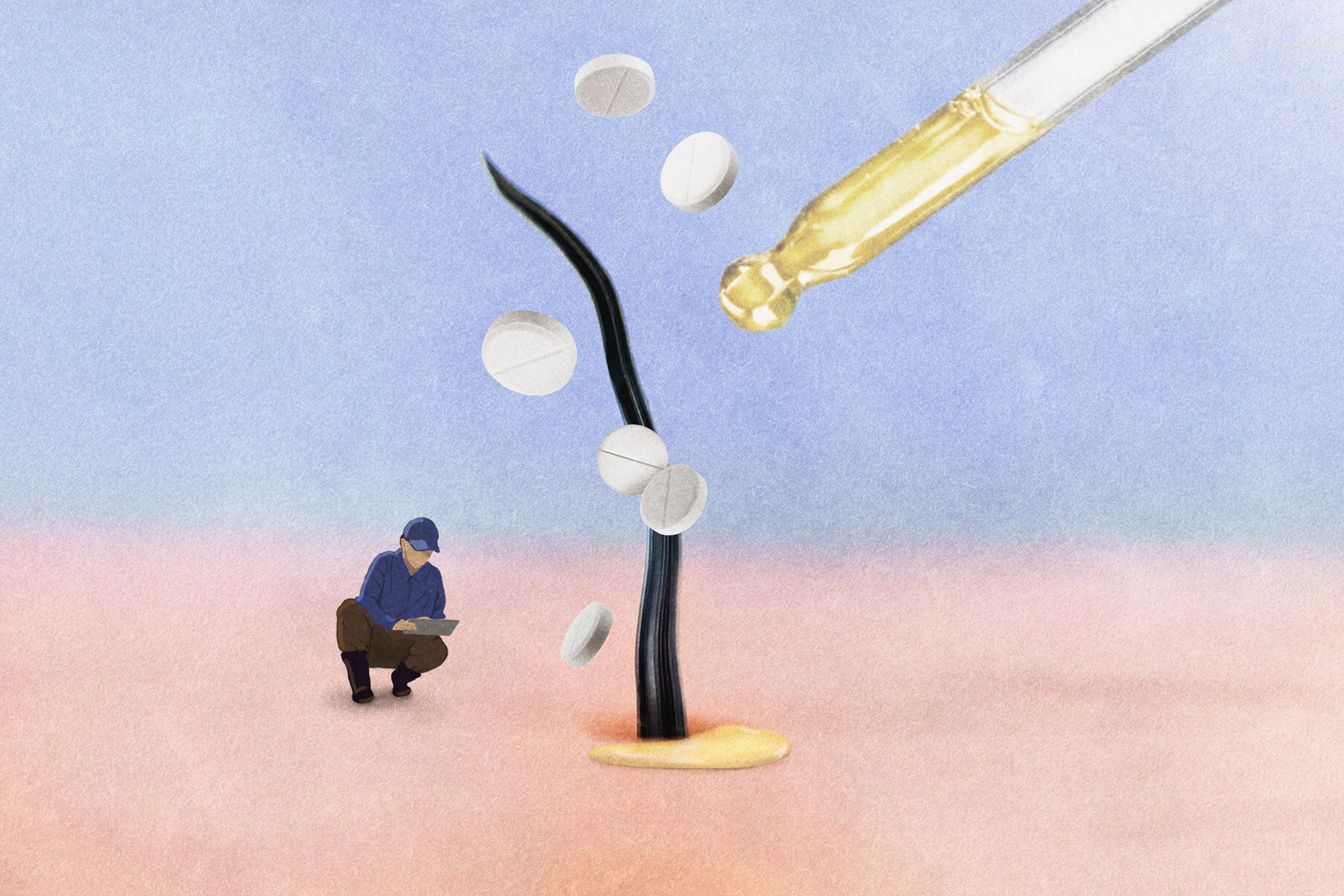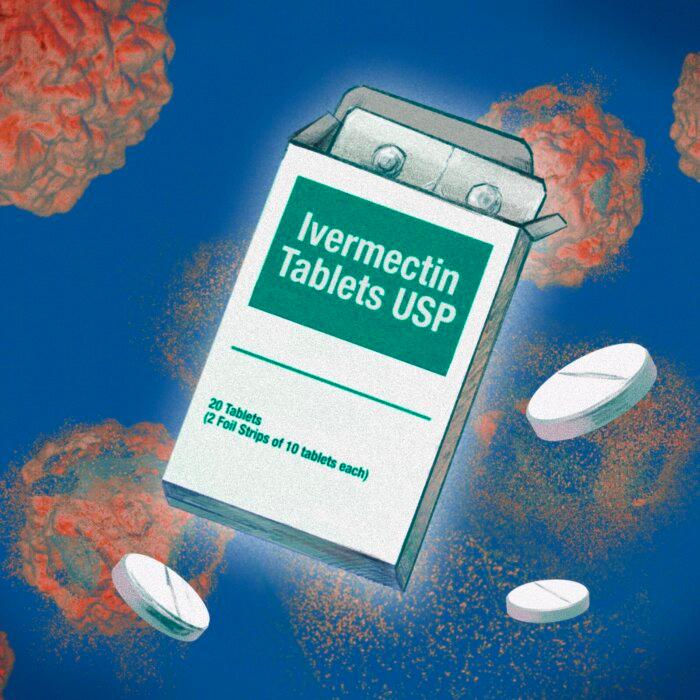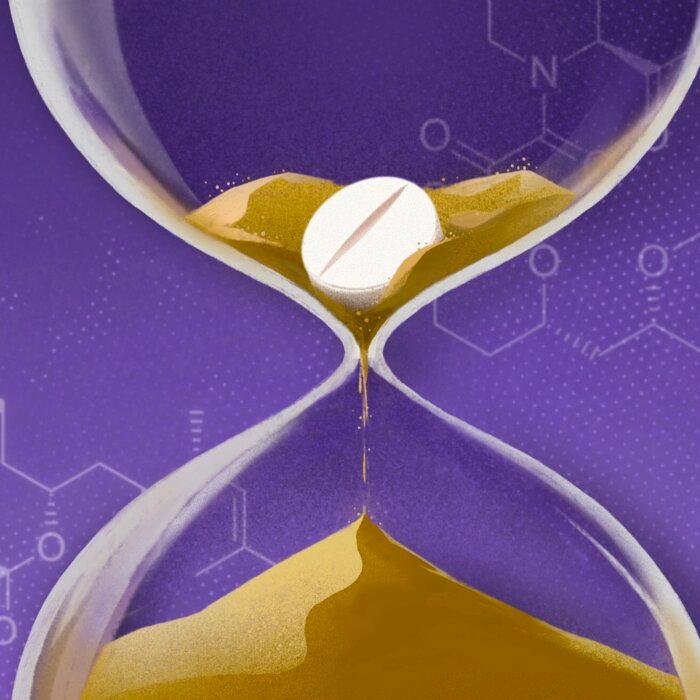In the 1970s, an unusual side effect was observed among hypertensive patients taking minoxidil—excessive hair growth across different parts of their bodies.
Two dermatologists were invited to investigate the phenomenon. They applied the drug topically to patients’ arms and found that the treated areas grew noticeably thicker hair.
Most doctors dismissed the finding at the time, reasoning that hair growth on the arms did not necessarily mean the drug could treat baldness. However, the turning point came when a severely hypertensive patient who also happened to be bald was prescribed minoxidil. A month after starting the medication, the bald patches on his scalp began filling in.
“We had a drug that caused hair to grow,” the author said, “and it had the capability to restore hair in desired locations.”
So, topical minoxidil became the first Food and Drug Administration (FDA)-approved medication for treating hair loss.
Before long, other treatments, such as finasteride and dutasteride, emerged and quickly gained popularity worldwide. Today, finasteride has surpassed minoxidil as the primary treatment for hair loss, and the demand for hair regrowth solutions continues to grow.
This article examines some popular, science-based hair loss treatments, their effectiveness, and their risks.
Drugs That Aim at Root Cause
The widespread use of finasteride stems from the belief that it directly targets the root cause of pattern hair loss, known as androgenetic alopecia, and is generally considered more effective than minoxidil. A 2024 report from Epic Research found that over the past seven years, finasteride use among adult men has increased by 200 percent.Finasteride belongs to a class of drugs known as 5-alpha reductase inhibitors. As discussed in Part 1 of this series, androgenetic alopecia—the most common form of hair loss—occurs when hair follicles are overly sensitive to dihydrotestosterone (DHT), a potent male hormone androgen.
By inhibiting 5-alpha reductase, finasteride reduces DHT production, thereby minimizing its effects on hair follicles. This prevents further follicle shrinking and helps stabilize hair growth.
Like minoxidil, finasteride was not initially intended as a hair loss treatment—it was meant for benign prostatic hyperplasia (BPH).

However, for many people, the main limitation of finasteride is that although it helps prevent hair loss, it is less effective at stimulating regrowth—especially in the frontal scalp area, according to Dr. Rodney Sinclair, director of Sinclair Dermatology and a professorial fellow in the Department of Medicine at the University of Melbourne.
Dutasteride, another treatment for hair loss, is also a 5-alpha reductase inhibitor. It inhibits a broader range of 5-alpha reductase enzymes for longer, making it more potent than finasteride. However, while finasteride is FDA-approved for treating male pattern hair loss, dutasteride is officially approved only for BPH, meaning its use for hair loss is considered off-label.
A common concern with these medications is that they may cause side effects by lowering androgen levels.
“[These side effects] can be anything from lower libido to gynecomastia to finding it more difficult to have a baby,” Dr. Manish Mittal, a hair transplant surgeon and founder of Mittal Hair Clinic in London, told The Epoch Times.
Mittal said that based on his clinical experience, side effects occur in about one out of every 100 cases, making the medication relatively safe.
Doctors often monitor patients closely during treatment to help minimize the risk of side effects, Mittal said. If side effects occur, the treatment plan can be adjusted by lowering the dosage, discontinuing the medication, or switching from oral to topical formulations—which have a significantly lower risk.
Dr. Marc Dauer of Dauer Hair Restoration told The Epoch Times that he prefers to start with topical finasteride when prescribing treatment.
Some doctors have reported a slightly higher rate of side effects.
“Around 10 to 15 percent of men complain about loss of libido,” said Dr. Jeffrey Epstein, a fellow of the International Society of Hair Restoration Surgery and a private practice physician in Miami.
He noted that these side effects typically resolve once the medication is discontinued.
“Everyone is different,” Dauer said, emphasizing that dermatologists cannot provide a one-size-fits-all recommendation. Given the variability of side effects among individuals, “everyone needs to decide for themselves and to see what works for them.”
Drugs such as finasteride can cause birth defects, which is why they are generally prescribed to women only if they can no longer conceive. This is also one of the reasons finasteride is FDA-approved only for men.
For female patients, alternative medications—such as spironolactone—are typically used.
Spironolactone treats hair loss through a different mechanism from that of finasteride. It blocks androgens from binding to androgen receptors and inhibits androgen production.
“It is really hard to effectively treat genetic hair loss without one of these medications,” said Dr. Jeremy Wetzel, a hair transplant surgeon at Anderson Center for Hair.
He said no other treatment directly targets the root cause of hair loss—DHT.
Minoxidil, the First Approved Drug
Unlike finasteride, which primarily prevents further hair loss, minoxidil—the first approved hair loss treatment—actively promotes hair regrowth.Minoxidil is FDA-approved only for topical use. In early trials, high oral doses caused severe side effects, prompting researchers to adopt a more cautious approach and approve only the topical formulation.
The exact mechanism by which minoxidil stimulates hair growth is not fully understood. The most widely accepted theory suggests that it dilates blood vessels, increasing oxygen and nutrient delivery to hair follicles.
Although topical minoxidil is a widely used treatment, it does not work for everyone.
Some patients discontinue minoxidil prematurely because they do not see immediate results or feel that their hair is growing too slowly, according to Sinclair. However, this treatment requires long-term commitment, and if it is discontinued, any newly grown hair will shed within a few months.
Side effects are another major reason why many people discontinue the drug.
Ultimately, nearly 90 percent of users discontinued minoxidil within a year, while those who continued were individuals who experienced mild or tolerable side effects. After more than a year of use, 44 percent of patients who persisted with treatment reported noticeable hair growth improvement.

In recent years, oral minoxidil has gained popularity as an effective option for promoting hair regrowth.
“I am a big fan of the oral minoxidil,” Wetzel said.
He noted that many patients struggle to apply topical minoxidil consistently every day, with some managing to do so only about half the time.
“That’s kind of like brushing your teeth three times a week—it is not going to be effective,” he said.
It is easier for patients to maintain consistent use of oral minoxidil.
When prescribed as a potent antihypertensive medication, oral minoxidil is typically taken at doses ranging from 5 to 40 milligrams per day. However, for hair loss treatment, the dosage is significantly lower—ranging from 0.25 to 2.5 milligrams per day—and this is considered an off-label use.
Epstein noted that in his clinical practice, 2 percent to 3 percent of patients experience lowered blood pressure or heart palpitations. Another common side effect is excessive body hair growth, which tends to be more of a concern for female patients.
“The men tolerate it really well,” Sinclair said, noting that oral minoxidil meets most men’s hair regrowth expectations.
Many users notice aesthetic benefits, such as longer eyelashes and a fuller beard.
Sinclair, who led the development of sublingual minoxidil, said this new administration method has less of an effect on blood pressure than oral tablets and could become available by 2026.
“Oral minoxidil has great effectiveness,” said Dr. David Saceda-Corralo, a dermatologist at Ramón y Cajal University Hospital in Madrid and a researcher specializing in hair disorders.
However, he noted that patients taking minoxidil may also require finasteride or dutasteride to sustain its effects.
While medications remain the primary treatment for hair loss, some doctors also incorporate adjunctive therapies, such as laser treatment, to enhance results.

Laser Therapy for Hair Removal and Growth
In the late 1960s, Hungarian physician Endre Mester conducted a cancer experiment using low-power ruby lasers on mice. As part of the study, the mice had their fur shaved. Surprisingly, instead of causing cancer, the laser stimulated hair regrowth in the shaved areas on their backs.Laser exposure also prompts mitochondria to release nitric oxide, improving local blood circulation. This enhances nutrient delivery to hair follicles, creating optimal conditions for healthy growth.
However, a key distinction lies in energy output—laser diodes emit 10 times more energy than LEDs.
“LED is not really effective. It has to be lasers, which carry a lot more energy than just LED,” Wetzel said.
Hair density increased by approximately 10 hairs/cm² in the laser diode group, compared with 4 hairs/cm² in the LED group. The increase in hair diameter in the laser diode group was nearly twice that of the LED group.

With LLLT, longer treatment duration or higher energy levels do not necessarily yield better results. In fact, excessive irradiation may suppress the desired response, much like in laser hair removal, during which overexposure inhibits regrowth.
Among FDA-approved LLLT devices, comb-type models have demonstrated efficacy comparable to helmet-type ones, making them a cost-effective alternative for patients on a budget.
Scalp Injections for Hair Loss
Another emerging treatment involves injecting substances directly into the scalp.A variety of substances can be injected, including dutasteride, minoxidil, growth factors, botulinum toxin A (Botox), stem cells, and multivitamin complexes, either individually or in combination.
This approach is generally more effective for younger people in the early stages of hair loss.
Dr. Saceda-Corralo described dutasteride mesotherapy as “an excellent option to avoid oral medication.” However, he also noted that it may be less effective than oral treatment and that candidates must be well-selected.
Potential side effects of mesotherapy include hair loss at the injection site, swelling, and other localized reactions. Patients with a known allergy to the injected substances, congenital melanocytic nevi, or a history of surgical trauma near the injection site may be at higher risk of complications.
Beyond their role in blood clotting, platelets are rich in growth factors that stimulate cell proliferation, help form follicular blood vessels, and inhibit cell death. This therapy is thought to promote hair growth by inducing and prolonging the growth phase of the hair cycle.
Since PRP is derived from the patient’s own blood, it carries no risk of allergic reactions, and the primary side effect is localized pain at the injection site.
Wetzel said PRP can be used as a complementary treatment alongside medication and LLLT.
Mittal also mentioned exosome therapy, stating that its efficacy “is probably far better than PRP.” Exosomes are tiny vesicles derived from stem cells that contain growth factors—substances that stimulate cell growth. They are believed to enhance follicular regeneration and stimulate natural hair regrowth.
Multiple Approaches Needed
During interviews, doctors shared a consistent view: Effective treatment of androgenetic alopecia typically requires a combination of therapies rather than relying on a single method.Saceda-Corralo said a single treatment approach is rarely sufficient to improve hair loss. It is common practice to combine oral medications with topical treatments and additional therapies, such as mesotherapy.
“My preference is always oral finasteride and topical minoxidil. I think those are the combinations that work the best with the lowest side effect profile,” Mittal said.
Based on his experience, this classic combination is effective for 90 percent of patients and may even allow for lower medication dosages, he said.
He also emphasized that excessive amounts of oral or topical treatments do not necessarily lead to better results. Treatment plans should be introduced gradually, starting with one therapy at a time.
Saceda-Corralo noted that, in most cases, hair loss treatments require ongoing commitment over several years. For this reason, he advises patients to “take the most comfortable decision” for them.
External treatments alone may not be sufficient. Hair transplant surgeon Rajesh Rajput told The Epoch Times that some patients may not respond to medication, which underscores the limitations of relying solely on drug therapies. Finasteride can help preserve existing hair but does not necessarily enhance its growth. Minoxidil stimulates new hair growth, but without proper nutritional support, this stimulation may be incomplete, he said.
For more effective hair regrowth and reduced shedding, improvements in nutrition, diet, and lifestyle are also crucial. We will explore these factors in greater detail in the upcoming articles.















